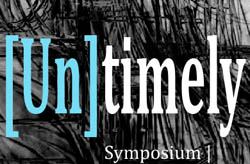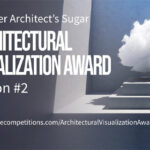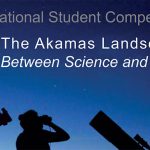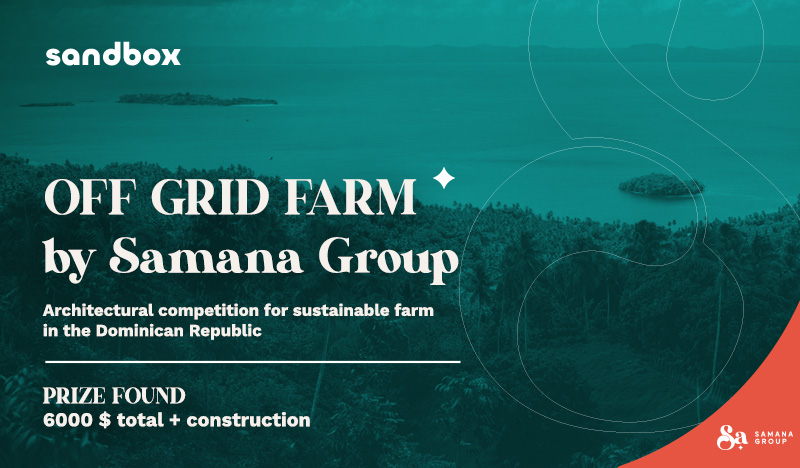Submission: April 14, 2017
Registration: April 14, 2017
Language: English
Location: Innsbruck, Austria
Prizes: N/A
Type: Open
The conference, organized by the IARC (Independent Architecture Research Colloquia) of the University of Architecture of Innsbruck, is related to the issue of aesthetics; recollecting and reframing the reflections over architecture, representation, formalism, aesthetics, composition and historical changes that have been discussed within the last years.
The Symposium’s aim is to collect a comprehensive set of state-of-the-art approaches to the questions of architectural and urban form and thus provide an updated examination of aesthetic, formal and typological investigations.
.topic
If it is true that, today, architecture is in crisis due to being judged more and more by the canon of fashion, we have to consider new architectural playgrounds in which we can find a new basis for today. Classically, the development of ideas and knowledge in architecture is broken down in a number of categories: typology, form, aesthetics and technology. These categories, which have dominated the architect’s imagination, have always established new systems of classification within the discipline’s knowledge base. Such a re-invigoration can once again be read as part of a new wave, where terms go in and out of fashion, but yet the way we deal with terms can also be read as a creative technique of using old ideas to describe and reinforce new concepts. Although the topic may seem not at all new or unique, the contemporary condition underlines an urgency to address these questions: where do we go from here? Where do we stand?
Recent trends in this “crisis” have already shown a general interest in aesthetics, representation and other possible forms of embodiment of “truths”, norms and epistemologies: from parametricism to neo-rationalism and realisms of any kind. In this context, the word “crisis” [κρίσις] is intended as an impulse, an accelerating isolation, as a new reality of differences, not as heresy of a dark end. In order to avoid mutual isolation, the conference wants to investigate how the “crisis” can produce innovative cross-aesthetic dialogues. In one sense, the symposium’s aim is to analyze the role of critique and the renewed interest in representation, historicism, composition, technology and formalism that is recently emerging in many practices as well as theoretical frameworks. Furthermore, our intent is to offer a platform for the diagnostic of the present in order to develop possibilities for the future. If it is true that, as Le Corbusier once said, “to pass the crisis we must create the state of mind which can understand what is going on,” this problem is even more topical today. At this moment, the meta-arguments of architecture have shown their fallacy, unveiling a disciplinary world of yeses and nos. Yet, the reality is a panoply of originality where architectural experiences are infinite, with no centralized cultural power, each living in absolute relativism.
Rather than lamenting a loss of cultural content or fostering a positivist belief in technology, the symposium’s aim is to understand how the coexistence of different interests is affecting new trends of architecture at the intersection of representation, historicism, composition, technology and formalism.
The symposium wants to analyze the heterogeneous set of ideas, forms, and styles that are perpetually changing. In this sense, [Un]timely Aesthetics refers to the notion of the contemporary: architecture as a trope and multiple tropes at the same time. Indeed, “topical” has always been an inevitable condition for the formal and aesthetic relevance of new works of architecture. On the other hand, non-topical, Unzeitgemäß (Nietszche) is equally important in order to maintain a critical distance to understand the contemporary. The conference wants to address the heterogeneous complexity of mutually entangled non-topicalities and topicalities characterizing contemporary architecture. To do so, the discussion will involve researchers and architects from different generations in order to verify what – today – can be shared.
Finally, we seek for emerging realities, practices, and ideas of multiple paradigms to focus on specific defined architectural aspects and reinterpreting them through [Un]timely Aesthetics. Given, then, the present cultural context, we ask: how is this globalized multitude of multitudes affecting architecture? How could it be conceptualized? Is it useful, or even plausible, to re-frame the aesthetics of architecture and its disciplinary domain in the current context? If so, what are the limits of architectural knowledge? Is it possible to elaborate an epistemological pluralism? How can we interpret similar ideas differently?
CONTRIBUTIONS
we seek for three kinds of contributions
1.Papers
This section is open to any researcher, whether independent or not. All selected full papers (3000 – 5000 words) will be published in the conference proceedings. Furthermore, five high-quality abstracts will be invited to present the paper as part of the conference program.
2.PhD colloquia
This section is open only to Ph.D. students whom, after a selection, will be invited to present their work and research during the conference in the Ph.D. colloquia.
3.Drawings/Projects
“Thought is impossible without an image.” – Aristotle, On Memory and Reminiscence (450a)
With a focus on the meaning of drawings for various forms of knowledge production, the drawing contribution considers: How do drawings relate to visual thinking as knowledge production? What role do they play in creative and cognitive processes? And what is the significance of drawings as a methodology? We invite talented young architects (max 40 years old) from all over the world to submit an unpublished drawing or project about architecture, landscape, and the city. The best works will be part of the conference proceeding and will be exhibited during the conference.
SUBMISSION GUIDELINES
1.Papers/Colloquia
Abstracts should be no longer than 400 words. List a maximum of five keywords and place them before the abstract. Abstracts will need to be written in English. Each author can submit only one work but can be co-author of others. For the submission, it is necessary to attach a *.doc/*.rtf files for each abstract to iarc@uibk.ac.at no later than March 15, 2017. A short biographical statement (150 words) needs to be submitted with the abstract.
The acceptance or rejection of the abstracts will be communicated to the authors by email on April 14, 2017. Any changes to the scheduled dates will be announced through the symposium website.
2.Drawings
The drawing must be sent as a *.jpg or *.pdf file, not exceeding 5 MB with a .txt/.doc file. The text file should listing the name/s of the author/authors, title, technique, dimensions of the original drawing, description of the drawing/project (not exceed 250 words), short bio of the creator or the group (up to 150 words). Submission will need to be sent to the following e-mail iarc@uibk.ac.at by April 21, 2017. All texts will need to be written in English. Notification of acceptance will be given by April 28, 2017.








